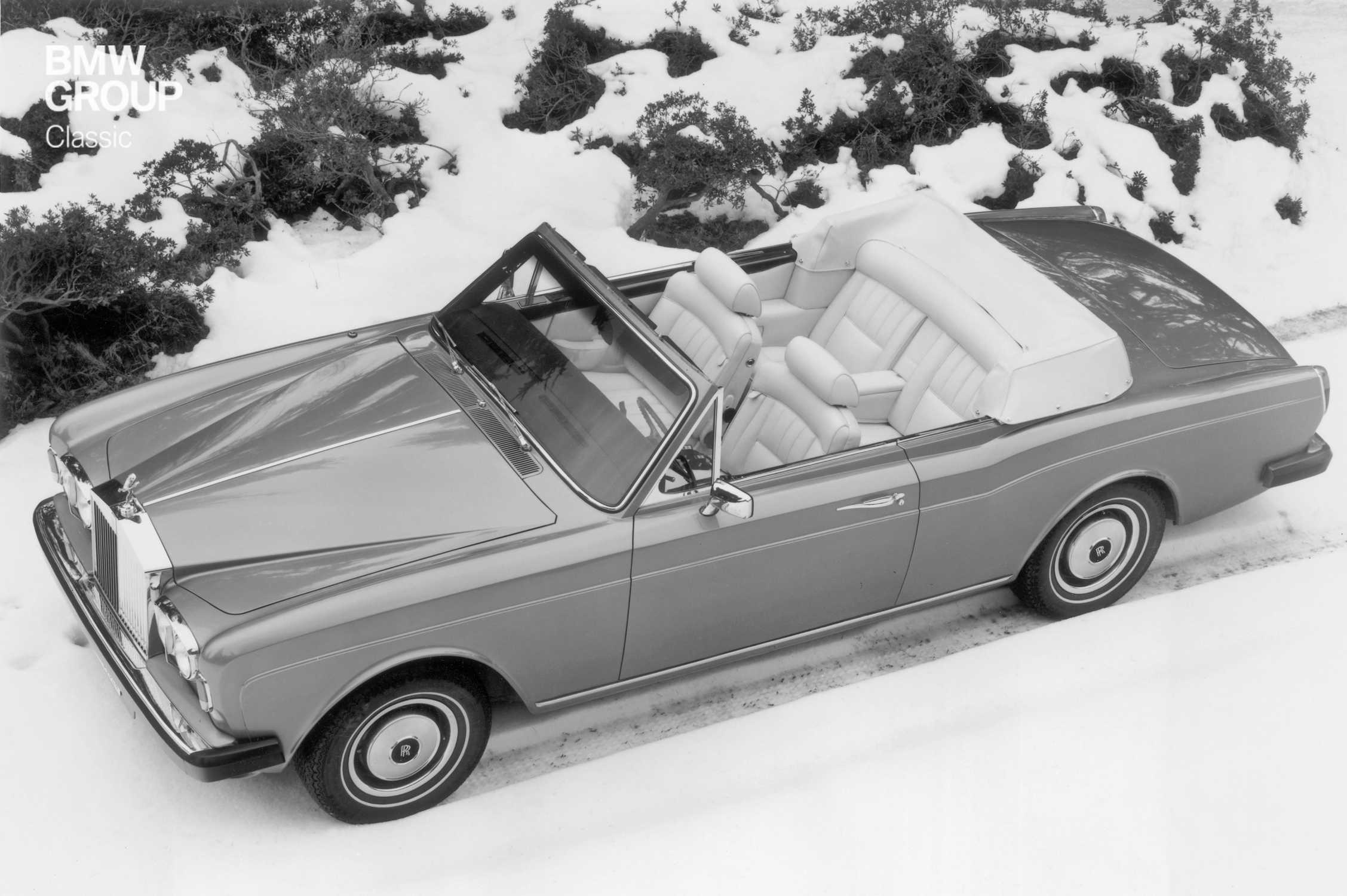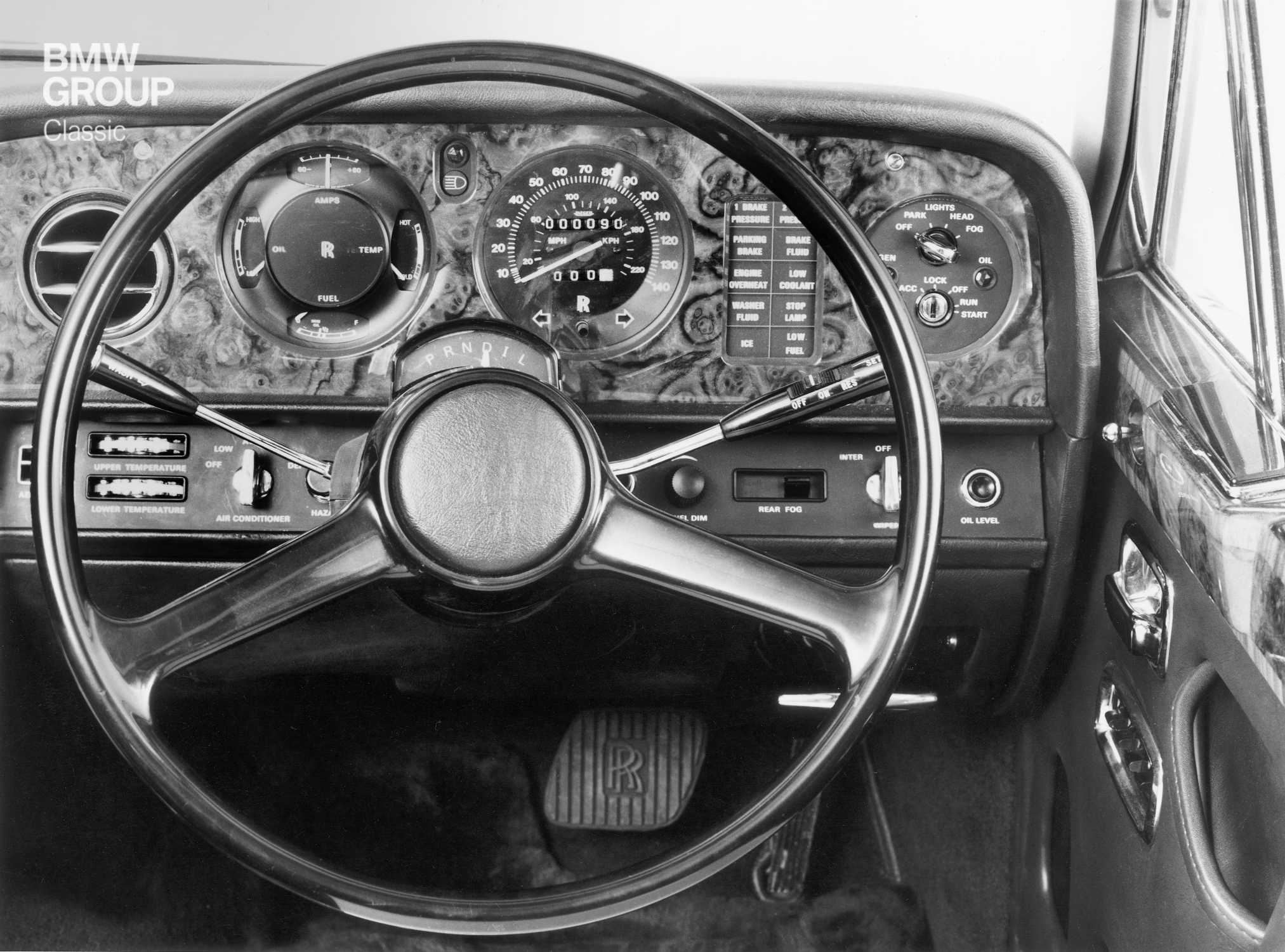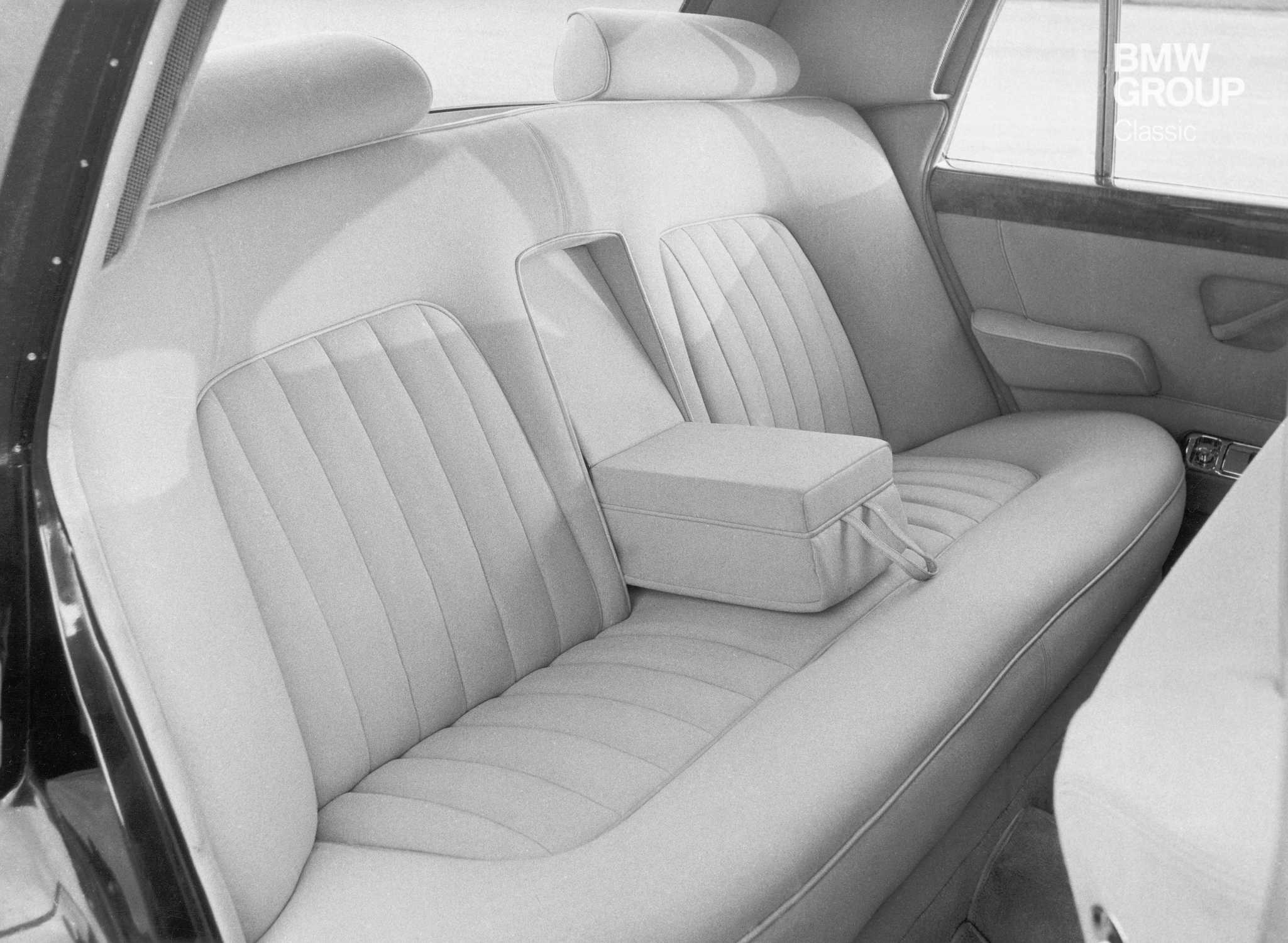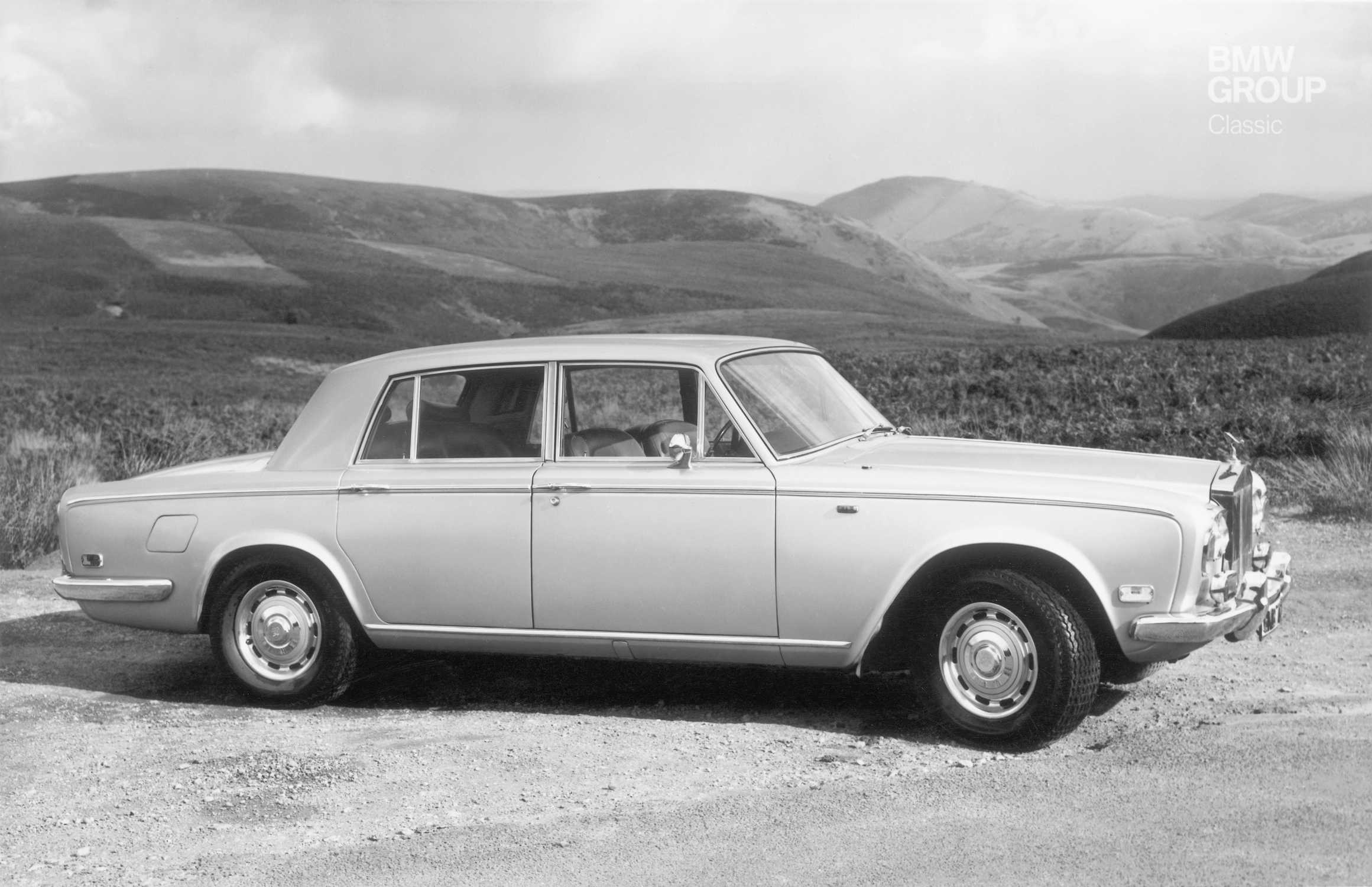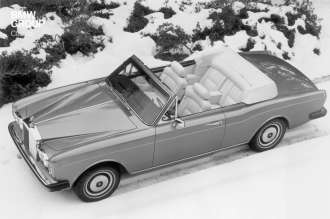A Rolls-Royce always inspires a certain respect. Its aristocratic air, uniquely monumental scale and inherent quality mark it out as very special. Comparisons are hard to come by; after all, what can compare with a Rolls-Royce? Taking price alone as a criterion is not enough. Many cars can cost a lot, but only a Rolls has such a feeling of stately presence running through its veins.
There is no way a Rolls owner would ever get sucked into a “traffic light derby” drag race to show off its acceleration. What would be the point? The performance of the marque’s cars is traditionally described as “ample”, but accessing it in such brutal fashion would verge on the ridiculous. To the many official statements and maxims that have come out of the Rolls-Royce factory in Crewe down the years could be added a riposte to the frenzied hurly-burly of the modern road: “Why rush when you can glide?”.
Innovation meets the tried and the tested.
Keeping faith in the tried and tested is central to preserving tradition, and not jumping on every passing bandwagon is part of that. After all, today’s new idea can easily be tomorrow’s wild goose chase. Having said that, it wouldn’t do to be caught napping. To this end, in 1965 Rolls-Royce took a bold and purposeful step into a brave new world and emerged with an almost revolutionary concept in hand: the new Silver Shadow.
The Silver Shadow succeeded the Silver Cloud III in the company’s range and was more capable in every way. It also looked good; visually, too, it was unmistakeably a Rolls-Royce. John Blatchley and his team had done a first-class job. Needless to say, the familiar twin headlights had been carried over from its predecessor. These were as much of an RR staple as the Spirit of Ecstasy – the lady also known affectionately as Emily who had been a fixture atop Rolls-Royce radiator caps since 1911.
Its body was now self-supporting, rather than fixed to a frame. This construction not only reduced weight significantly, it also created more room for those on board. Although considerably smaller than its predecessor, the Silver Shadow offered noticeably more space.
A central hydraulic system with self-levelling function improved ride comfort once more, and it was joined by disc brakes and independent suspension. Only when it came to the engine was it a case of “as you were”; the 6.3-litre eight-cylinder engine and four-speed automatic were inherited from the Silver Cloud III. That power unit remained in place until 1970, when a 6.75-litre eight-cylinder took over (now mated to a three-speed automatic exclusively).
Variations on a theme.
The Silver Shadow was consistently improved over its time in production (1965 – 1980) and also offered in a variety of body variants. Particularly worthy of note here, of course, is the graceful Drophead Coupé, rechristened Corniche Convertible in 1971 after the French word for an elegant coastal road or shopping street. The great and the good liked to immerse themselves in the splendour of this most opulent of open-top cars, one which embodied wealth and luxury like no other. In the 1970s it was popularly viewed as one of the last representatives of the four-seat convertible breed, alongside the VW Beetle convertible.
The likewise very special Two Door Saloon coupé (later renamed Corniche Coupé) possessed that quality so beloved of the Rolls cognoscenti – the sense of grand tourisme, the sacrificing of practicality in the service of the connoisseur driver. A version with its wheelbase extended by ten centimetres (and later named the Silver Wraith II to distinguish it more clearly) was added to the line-up. Here was a vehicle particularly well suited to occasions brimming with nobility and it wore an chic vinyl roof recalling the closed soft-top of a convertible. In the USA especially, this was also a very popular feature of more everyday sedans.
In a different world.
All Rolls-Royce Silver Shadows were infused with an exceptional talent – that comforting feeling of being safe and secure that you only really find on board a Rolls-Royce, that incredible sense of relaxation experienced by those inside as the car glides across the land. It is aristocratic in the best possible way, luxurious to the last and made from the finest materials, and yet so thoroughly conceived and fit for purpose.
Motoring journalists from around the world were pretty much unanimous in their verdict of the new Silver Shadow. It was lavished with praise, its myriad new talents and qualities sung from the rooftops. And it was an outstanding sales hit; around 30,000 Silver Shadows were delivered to their owners – more than any other Rolls to date. Indeed, it should really have been called the Golden Shadow.
